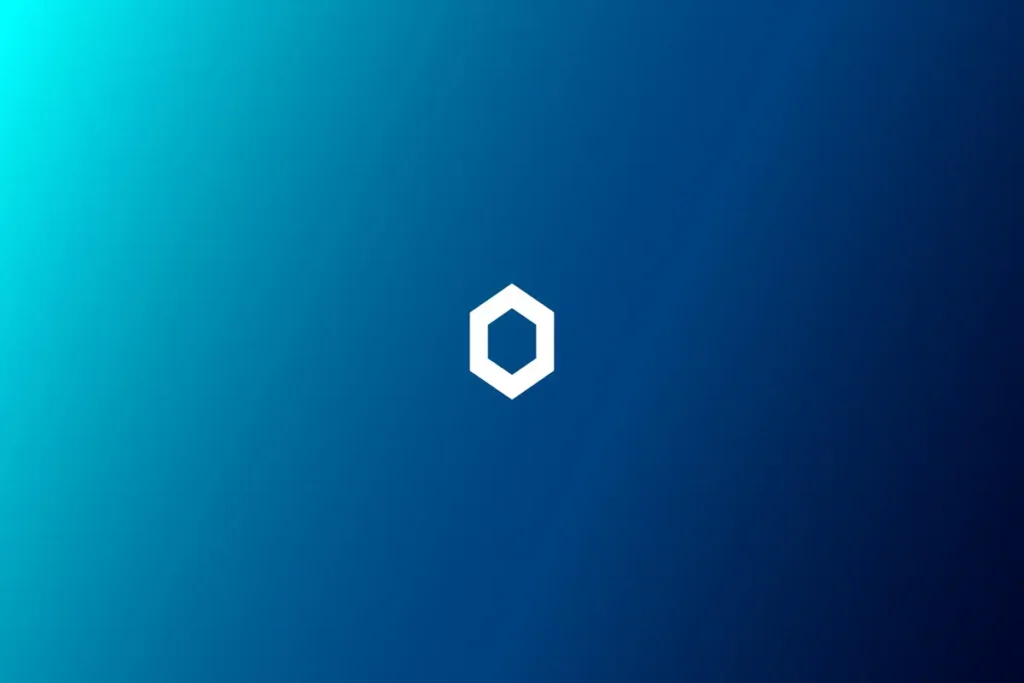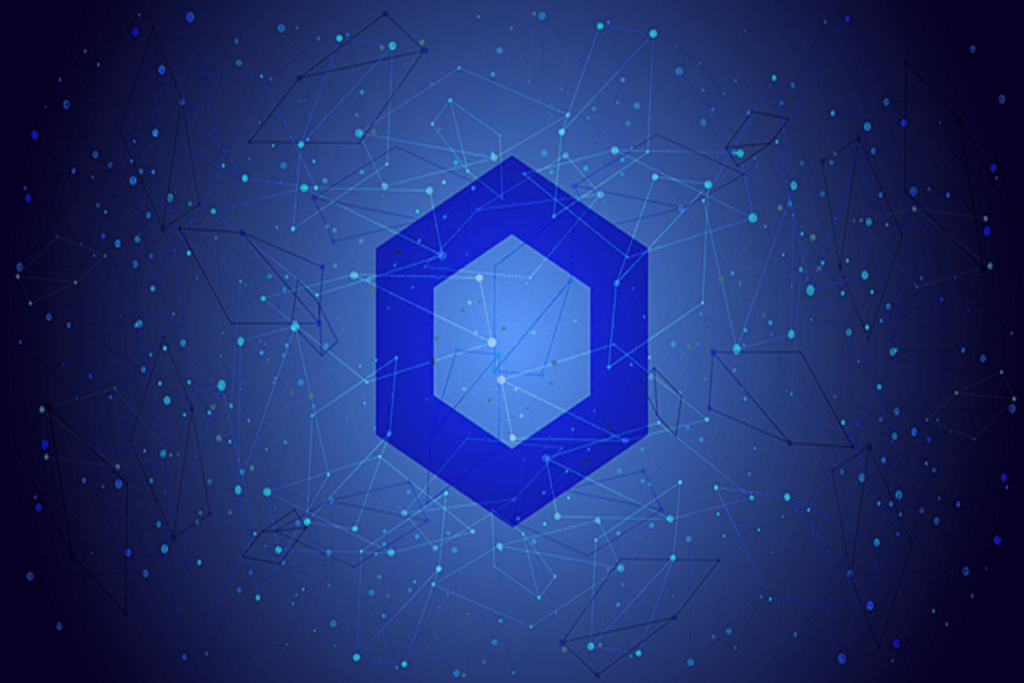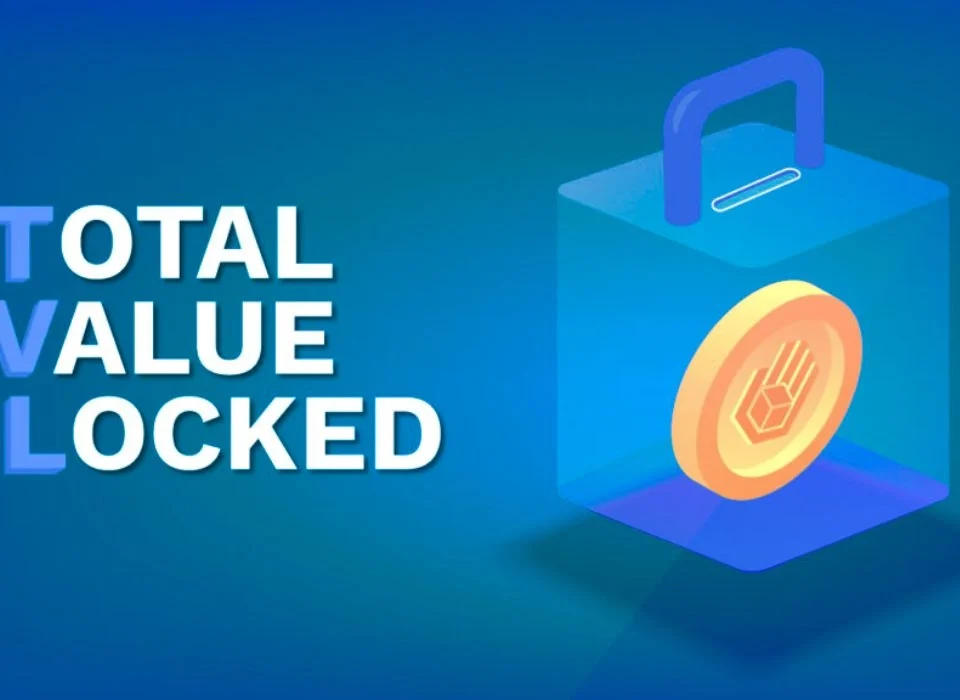
Exploring Polkadot (DOT): Understanding Its Role in Cryptocurrency and Analyzing Its Future Potential
25/05/2024
Shiba Inu Whales Stock Up on 30 Trillion SHIB Amid Price Slump
25/05/2024What is Chainlink (LINK)? Exploring Chainlink in Cryptocurrency and Analyzing its Future
The world of cryptocurrency is rapidly evolving, with new technologies and platforms continuously emerging to address various challenges and enhance the functionality of blockchain networks.
Among these innovations, Chainlink (LINK) has distinguished itself as a crucial player by providing decentralized oracle solutions that bridge the gap between blockchain smart contracts and real-world data.
This article delves into what Chainlink is, explores its role and significance in the cryptocurrency ecosystem, and analyzes the potential future developments and impacts of Chainlink.

Understanding Chainlink
Chainlink is a decentralized oracle network designed to facilitate the transfer of real-world data to blockchain smart contracts.
Founded in 2017 by Sergey Nazarov and Steve Ellis, Chainlink addresses a fundamental limitation of blockchain technology: the inability of smart contracts to access data outside their native blockchain environment.
Smart contracts are self-executing contracts with the terms of the agreement directly written into code. While they offer unparalleled security and automation, they inherently lack the capability to interact with external data sources, APIs, or traditional banking systems. This is where Chainlink comes into play.
How Chainlink Works
Chainlink operates through a decentralized network of nodes, also known as oracles, which are responsible for fetching and verifying data from various external sources and delivering it to smart contracts on the blockchain. Here’s a step-by-step breakdown of how Chainlink functions:
- Data Request: A smart contract on the blockchain makes a request for external data. This request is broadcasted to the Chainlink network.
- Data Selection: The Chainlink protocol selects oracles to fulfill the data request. These oracles are chosen based on their reputation, reliability, and performance history.
- Data Retrieval: Selected oracles retrieve the requested data from off-chain sources. This data can come from various APIs, databases, and other external systems.
- Data Aggregation: To ensure accuracy and reliability, multiple oracles are used to fetch the same data. The Chainlink protocol aggregates the data from these oracles to produce a single, validated data point.
- Data Delivery: The aggregated data is then delivered to the requesting smart contract on the blockchain, where it can be used to trigger contract execution based on predefined conditions.
- Incentives and Payments: Oracles are compensated for their services with LINK tokens, the native cryptocurrency of the Chainlink network. This incentivizes oracles to provide accurate and reliable data.
Unique Features of Chainlink
- Decentralization: Chainlink’s decentralized architecture ensures that no single point of failure exists in the data delivery process. This enhances the security and reliability of the data provided to smart contracts.
- Data Integrity: By using multiple oracles to fetch and verify data, Chainlink minimizes the risk of incorrect or manipulated data being delivered to smart contracts.
- Flexibility: Chainlink can connect to any API, enabling it to fetch data from a wide range of sources, including web services, payment systems, and traditional databases.
- Reputation System: Chainlink employs a reputation system to evaluate the performance and reliability of oracles. This system helps ensure that only trustworthy and competent oracles are selected for data requests.
- Scalability: Chainlink’s architecture is designed to be highly scalable, capable of supporting a large number of data requests and transactions simultaneously.
Chainlink’s Role in the Cryptocurrency Ecosystem
Chainlink plays a pivotal role in enhancing the functionality and versatility of blockchain networks by providing secure and reliable access to external data. Here are some key areas where Chainlink is making a significant impact:
- Decentralized Finance (DeFi): DeFi applications rely heavily on accurate and timely data for various financial operations, such as lending, borrowing, and trading. Chainlink provides essential price feeds, interest rates, and other financial data to DeFi protocols, ensuring their proper functioning and security.
- Insurance: Smart contract-based insurance platforms use Chainlink to fetch real-world data, such as weather conditions, flight statuses, and health metrics, to automate insurance claims and payouts.
- Gaming: Blockchain-based gaming platforms utilize Chainlink to integrate external data, such as player statistics, game outcomes, and random number generation, to enhance the gaming experience and ensure fairness.
- Supply Chain Management: Chainlink enables supply chain platforms to track and verify the movement of goods by fetching data from IoT devices, RFID tags, and other tracking systems, ensuring transparency and authenticity.
- Enterprise Solutions: Traditional enterprises can leverage Chainlink to integrate blockchain technology with their existing IT infrastructure, enabling seamless data exchange and automation of business processes.

Analyzing the Future of Chainlink (LINK)
The future of Chainlink appears promising, given its innovative technology, strong use cases, and growing adoption within the blockchain and enterprise sectors. Here are some factors that could influence the future trajectory of Chainlink:
- Increased Adoption and Integration: As more blockchain projects and traditional enterprises recognize the value of decentralized oracles, Chainlink’s adoption is expected to grow. This will drive demand for LINK tokens and enhance the network’s utility.
- Technological Advancements: Chainlink continues to innovate and improve its technology. Future developments may include enhanced security features, more efficient data aggregation methods, and expanded integration capabilities.
- Expansion of Use Cases: The versatility of Chainlink’s technology allows it to be applied in various industries beyond finance and supply chain. Emerging use cases in healthcare, real estate, and energy could further expand Chainlink’s reach and impact.
- Partnerships and Collaborations: Strategic partnerships with leading blockchain platforms, financial institutions, and tech companies will play a crucial role in Chainlink’s growth. These collaborations can help Chainlink tap into new markets and drive wider adoption.
- Regulatory Environment: The regulatory landscape for cryptocurrencies and blockchain technology is evolving. Chainlink’s ability to navigate and comply with regulatory requirements will be critical to its long-term success and stability.
- Community and Developer Support: The strength and engagement of Chainlink’s community and developer ecosystem are vital to its growth. Continued support and contributions from developers, researchers, and enthusiasts will drive innovation and adoption.
Getting Started with Chainlink
If you’re interested in participating in the Chainlink ecosystem, here’s how you can get started:
- Acquiring LINK: To participate in the Chainlink network, you need to acquire LINK tokens. LINK can be purchased on various cryptocurrency exchanges such as Binance, Coinbase, Kraken, and others.
- Storing LINK: Once you have acquired LINK, it’s essential to store it securely. Chainlink supports several wallets, including hardware wallets (Ledger, Trezor), software wallets (MetaMask, Trust Wallet), and exchange wallets.
- Staking and Running a Node: Chainlink plans to introduce staking mechanisms, allowing LINK holders to stake their tokens and earn rewards. Additionally, you can run a Chainlink node to provide oracle services and earn LINK tokens as compensation.
- Developing with Chainlink: If you’re a developer, you can integrate Chainlink’s oracle services into your smart contracts and decentralized applications. Chainlink provides comprehensive documentation, APIs, and tools to help developers get started.
- Engaging with the Community: Join the Chainlink community to stay updated on the latest developments, network with other enthusiasts, and participate in discussions. You can engage with the community through forums, social media, and events.
Conclusion
Chainlink (LINK) stands out as a pioneering project in the cryptocurrency space, addressing the critical need for secure and reliable data access for smart contracts. Its decentralized oracle network enhances the functionality of blockchain platforms, enabling a wide range of applications across various industries. As Chainlink continues to innovate and expand its ecosystem, its potential impact on the blockchain and enterprise sectors is immense.
By understanding what Chainlink is, exploring its technology and use cases, and analyzing its future prospects, investors, developers, and enthusiasts can better appreciate the value and opportunities that Chainlink offers. Whether you’re looking to invest in LINK, build on the Chainlink network, or simply stay informed about the latest trends in cryptocurrency, Chainlink represents a significant and promising advancement in the world of decentralized technology.
Links:



